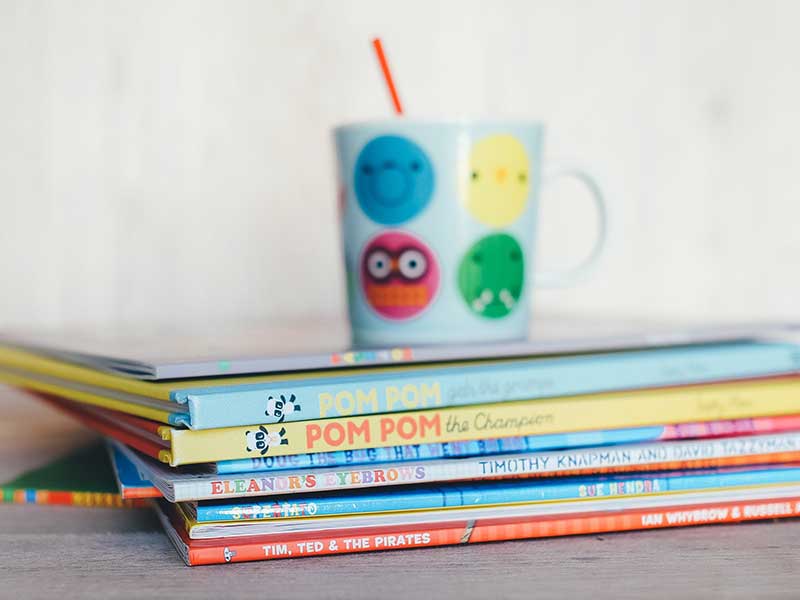Books in which setting is character, plot and mood
Some books are all about character, while others depend on their plot. Then there is another type of book altogether in which the setting plays the role of both character and plot. In the hands of certain readers, the setting can be a true triple threat, with its own personality, driving the plot and creating the mood.
This was certainly the case with Sarah Winman’s recent bestseller, Still Life. While it might be full of interesting characters, and begins in the UK, at its heart Still Life is a paean to the ‘Jewel of the Renaissance’, Florence.
The story starts during World War II and continues through the 1950s and 1960s, when most characters relocate to Italy. They embrace the local and art communities, regularly visiting local restaurants, galleries and landmarks like the Ponte Vecchio.
The rich sights and sounds of Italy are captured by Winman, who it is clear adores its people, art and cityscapes.
The book is also a record of the history of Florence in the 1950s and 60s, introducing me to the great flood that occurred in 1966, covering the city in mud and ruining many priceless artworks.
In some parts, the story was slow and Winman indulged in descriptions of streetscapes, the River Arno and its galleries and public artworks. At first, I found this a little frustrating but once I had realised that the story was more about its setting than the story, I settled back and enjoyed the escapism.
While this book was a love story to a city, books that have place as the centre piece are not always so complimentary.
In The Dry by Jane Harper, the oppressive dust and heat of the country town in which it is set is crucial to the telling of the story. Similarly, in The Rip by Mark Brandi, the ominous heat creates a sense of foreboding that drives the novel forward.
A wide, flat landscape is so much a part of Gerald Murnane’s books that he wrote a novel titled The Plains, in which characters were unique to the place, with their own ways of being that were foreign to any newcomers.
I struggled to settle into this book, such was its intense focus on a setting that was at once featureless and dominating. However, in its sharp focus on the setting on the plains, it was also extremely memorable.
In Elena Ferrante’s Neapolitan novels, the working class neighbourhood is as much of a characters as Lila and Lenu, who swing between despising and being consoled by the streets where they played as children.
In The City of Girls, New York was brought to life in a way that was thrilling and evocative. I had visited the Big Apple once, yet in ways this novel showed me far more of the city than I could have seen walking the streets as a tourist. But instead of making me mourn how much I had not experienced, it added to the experience, bringing more colour to my impression of the place.
Like art, books can create a focal point to intensify the colour and experience of a place. They make me want to revisit the cities and countries I have read about, to see if the impressions created by literature have changed the way that I see them. I certainly feel like I know Florence better after reading of the way lanterns lit its streets at night, and its streets were for a time caked in mud from the flooded Arno.
Even the suburban Australian streets of my childhood and adolescence seem more vibrant to me after they have been described by Brandi, Garner, Harper or Murnane.
At a time when international travel is impossible, it’s a relief to be able to travel to places so sharply described as in literature, to feel like you can almost smell the coffee, look out across terracotta rooftops and feel the cobblestones underfoot.




